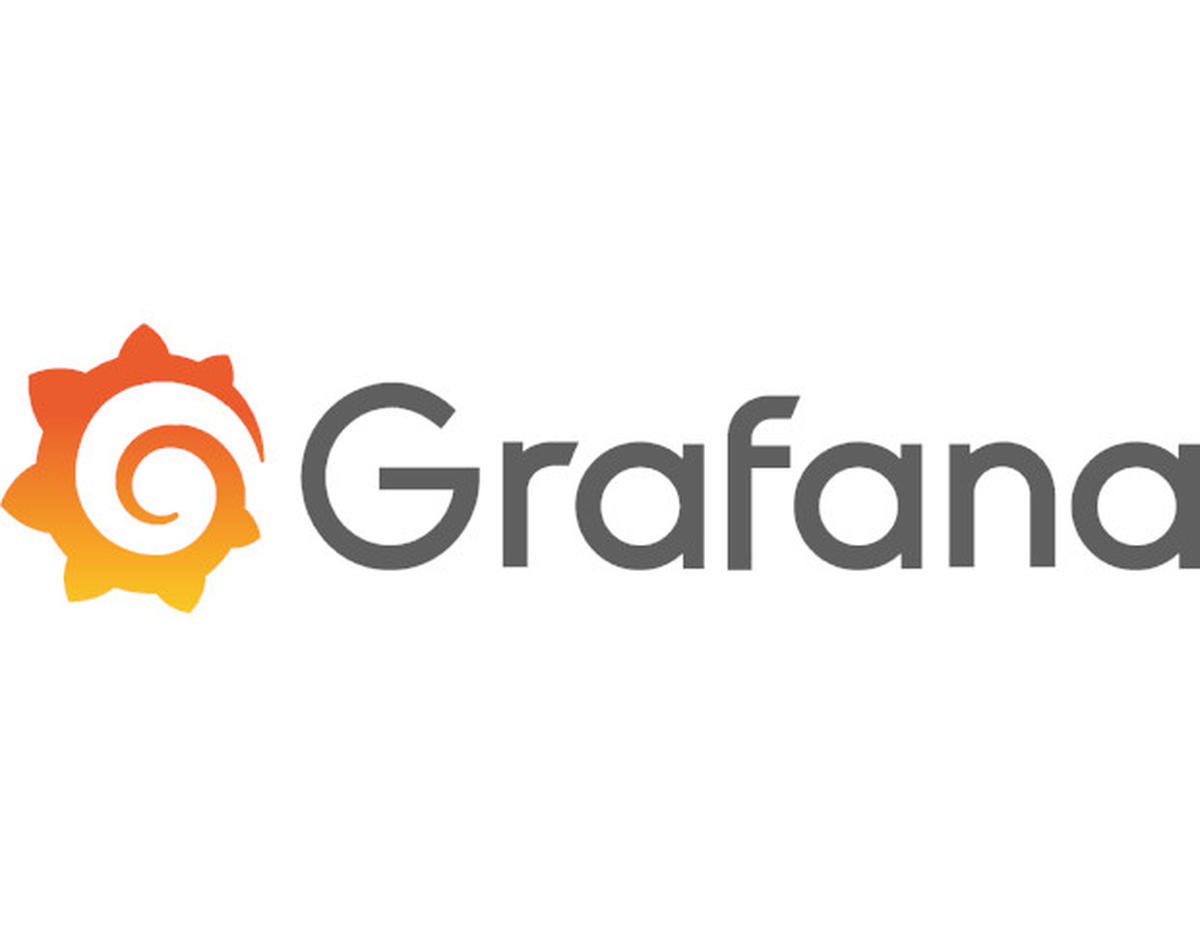Monitoring for Kubernetes is collecting and analyzing data from your cluster and applications to ensure they are running correctly and troubleshooting any issues that may arise.
Kubernetes monitoring collects various data types, including resource usage, performance metrics, logs, and events. This data can track your cluster’s and applications’ health, identify performance bottlenecks, and detect potential issues before they become critical.
Monitoring can be done using various tools and technologies, such as Prometheus, Grafana, ELK stack, or cloud-based solutions like Azure Monitor or AWS CloudWatch. These tools provide real-time visibility into your cluster and applications, allowing you to view metrics, logs, and events in a user-friendly dashboard.
By monitoring your Kubernetes cluster, you can quickly identify and troubleshoot issues, optimize performance, and ensure your applications run smoothly. Monitoring is essential to any Kubernetes deployment and helps you maintain the health and reliability of your cluster and applications.
Kubernetes (k8s) is a complex and dynamic system that requires monitoring to ensure proper functioning. There are various monitoring technologies available for k8s, such as:
- Prometheus: It is a popular open-source monitoring solution that provides metrics collection, querying, and alerting for Kubernetes clusters.
- Grafana is a visualization tool that works with Prometheus to create custom dashboards and graphs.
- Elastic Stack: It is a collection of open-source tools, including Elasticsearch, Logstash, and Kibana, that provide log aggregation, search, and analysis capabilities.
- Jaeger is an open-source distributed tracing system that helps debug and troubleshoot Kubernetes applications.
To install these monitoring technologies without Taikun, you can follow their respective installation instructions provided in their documentation. For example, to install Prometheus and Grafana, you can follow these steps:
- Install Prometheus: Prometheus is a server that collects metrics from various sources. You can download and install it from the official website.
- Configure Prometheus: You must configure Prometheus to scrape the metrics you want to monitor. You can create a configuration file specifying the targets (servers, applications, etc.) and the metrics you want to collect.
- Start Prometheus: Once you’ve configured Prometheus, you can start the server.
.webp)
- Install Grafana: Grafana is a tool that provides a web-based interface for visualizing metrics. You can download and install it from the official website.
- Connect Grafana to Prometheus: To visualize the metrics collected by Prometheus, you need to connect Grafana to the Prometheus data source. You can do this by configuring a new data source in Grafana.
- Create dashboards: Once you’ve connected Grafana to Prometheus, you can create dashboards that display the metrics in a way that’s easy to understand. You can create graphs, charts, and other visualizations to help you monitor the health and performance of your systems.




With just a few clicks, Taikun can do all the heavy lifting for you and enable the monitoring of your project. If you want more details about enabling monitoring in your project, access our documentation page.
Taikun provides built-in support for popular monitoring tools like Prometheus and Grafana, so all you need to do is enable monitoring in your project settings. Taikun will take care of the rest. Taikun will automatically install the necessary dependencies and instrument your code, so you can start collecting valuable metrics data immediately.
Taikun will help you optimize your application’s performance and prevent issues before they arise.
So what are you waiting for? Get started today and start optimizing your application like a pro!


